 I’ve been a little out of it in the past week. Lots of things going on, getting into lots of drama with friends and aquaintances over stupidity, and then on top of that, Mike’s accident on Saturday. It’s all left me feeling rather blah and out of it. Not under the weather physically, but mentally and emotionally.
I’ve been a little out of it in the past week. Lots of things going on, getting into lots of drama with friends and aquaintances over stupidity, and then on top of that, Mike’s accident on Saturday. It’s all left me feeling rather blah and out of it. Not under the weather physically, but mentally and emotionally.
I was trying to figure out how to snap out of it, and I’ve decided a few ways to work on that, but as much as it’ll take some internal work, I also believe eating good, nutritious food is a way to get your brain functioning to optimum capacity, something especially necessary if you’re feeling otherwise blah.
I don’t think I’ve been eating perfectly this past little bit. I mean, not badly either, but everything I’ve eaten, it seems, has either been cooked to death or dehydrated, or whatnot, and my body was craving fresh, live food, ideally organic. I suddenly understood the appeal raw foodists have for uncooked foods- there is something invigorating about eating raw food, especially in larger quantities. Not that I want to be a raw foodist or anything, but today, that certainly is what my body was craving.
So I went out to my friend’s yard, and picked some chickweed, an ultra nutritious edible weed that had taken over the place, mixed it up with some other ingredients including sprouted black lentils, dressed it, and served it with a side of mashed potatoes. Really hit the spot!
And then I thought to myself— Penny, you use chickweed so often, it’s one of your favorite wild edibles, it’s terrific for beginners, and you’ve never even posted about it on your blog?
So that’s what this post is.
What is chickweed, how to identify it, how to eat it, how to use it, etc…
What is Chickweed?
Chickweed, known in latin as Stellaria, is a delicious wild edible. My best friend’s son is the pickiest eater I’ve ever heard of, refuses to eat most vegetables and fruit, but will happily munch on chickweed that he picks in his garden.
The reason why chickweed is such a good wild edible for beginners is the same reason why an ultra picky little boy will eat it- because it tastes so mild, almost like iceberg lettuce.
It is a terrific base for salads because of this. Most wild edibles are strong tasting, either bitter or sour or something, but chickweed is none of the above, just fresh, mild, and tasty. It originally is from Europe and Asia, but now can be found in gardens and fields all over the world.
So, how do you identify chickweed?
Well, chickweed is usually short, anywhere from 2 to 8 inches tall, and usually grows in large mats, many plants right next to each other, making these tiny little plants easy to find and identify.
They have medium green, teardrop shaped leaves growing on opposite sides of a lighter green stem.
When you try to tear the stem, you’ll feel some fibers in the middle continuing to hold it together.
Chickweed has little white star shaped flowers.
Chickweed likes to grow in the spring, or if you live in an area with a warmer climate like mine, they like the winter.
Chickweed does have two poisonous look alikes, but even so, it’s a fine food for beginners to forage.
Because there is one specific sign, that as long as you find that, you can be sure that you have the right plant.
Chickweed looks like the plant spurge, as well as the plant scarlet pimpernel. Spurge lets out a white sap when you cut it, chickweed doesn’t. But don’t rely on that identification alone, because scarlet pimpernel is also poisonous, and doesn’t have white sap.
This picture is chickweed on the left, scarlet pimpernel on the right. Don’t they look so similar?
The main identification feature for chickweed is you take one plant and hold it up to the light. Look for a tiny line of hairs going down one side of the stem. It will occasionally alternate from one side of the stem to the other.
If that line of hairs is there, you’ve got chickweed. No need for further identification needed. No hairs, and no white sap- its scarlet pimpernel. No hairs and white sap- spurge.
Personally, I don’t tend to check each and every plant I pick- if I identify one or two in a bunch via the hairs, the rest in the mat nearly always are the same, and if they aren’t, you can identify which one doesn’t look exactly the same as the rest.
How to Use Chickweed as Food
The entire above ground part of the chickweed plant is edible.
Personally, I prefer my chickweed to be raw. Salads ideally, or in sandwiches or wraps in place of cress.
Chickweed can also be made into chickweed chimichurri, or into pesto or pate. If you’re a fan of green smoothies, chickweed makes a nice, mild flavored addition.
If you want to cook chickweed, it tastes nice, but gets pretty stringy, so I suggest chopping it up finely before cooking. You can use it in quiches, soups, curries, cooked salads, in pakoras, etc… The sky is the limit for this wonderful plant, and the internet is full of recipes with chickweed.

Nutritional and Medicinal Benefits of Chickweed
Chickweed is a great source of vitamins and minerals- vitamins, A, B1, B2, B6, B12, C, and as well as iron, calcium, potassium, phosphorus, zinc, manganese, sodium, copper, silica, beta carotene and flavanoids.
Chickweed helps increase circulation, is anti-inflammatory and decreases LDL cholesterol. Chickweed can be used to treat stomach problems, blood disorders, arthritis, lung diseases including asthma, kidney disorders, inflammatory conditions of the urinary tract, rabies, scurvy, vitamin C deficiency. It is also supposed to help to relieve extreme exhaustion. (Maybe that’s why I felt so good after my chickweed based salad?)
Chickweed is put on the skin, typically in poultice form, to help heal various skin issues like wounds, ulcers, burns, arthritis pain, and eczema. Chickweed has antibacterial and antivital properties, as well as cancer fighting properties. If you have an infection or splinter, applying mashed chickweed to the area will help draw out the infection or the splinter. It’s also great for bug bites, diaper rashes, pimples, burns, blisters, etc…
People so often assume that if something is terrific for you, its either ultra expensive, tastes bad, or is hard to use. Chickweed is none of those. Free, growing everywhere, mild tasting, and very easy to use (no thorns to remove or stingers), chickweed is a wild edible you should definitely try, if you haven’t already.
Have you heard of it, seen it growing, or picked it? Have you ever eaten chickweed before?
If you’ve eaten chickweed, what is your favorite way to prepare it?
If you’ve used it medicinally, how has it worked for you?
Does this look like something you’ll try to forage?

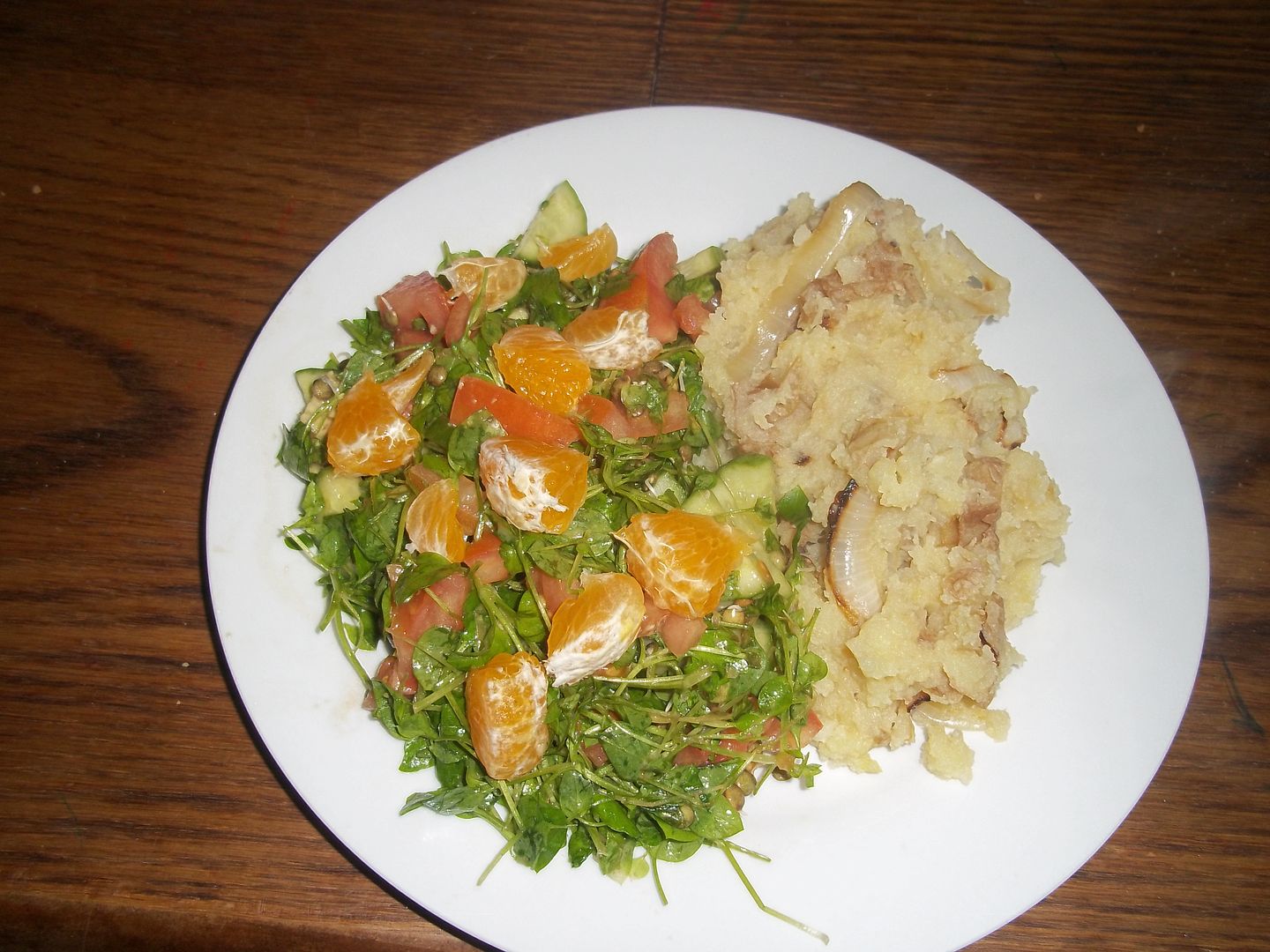
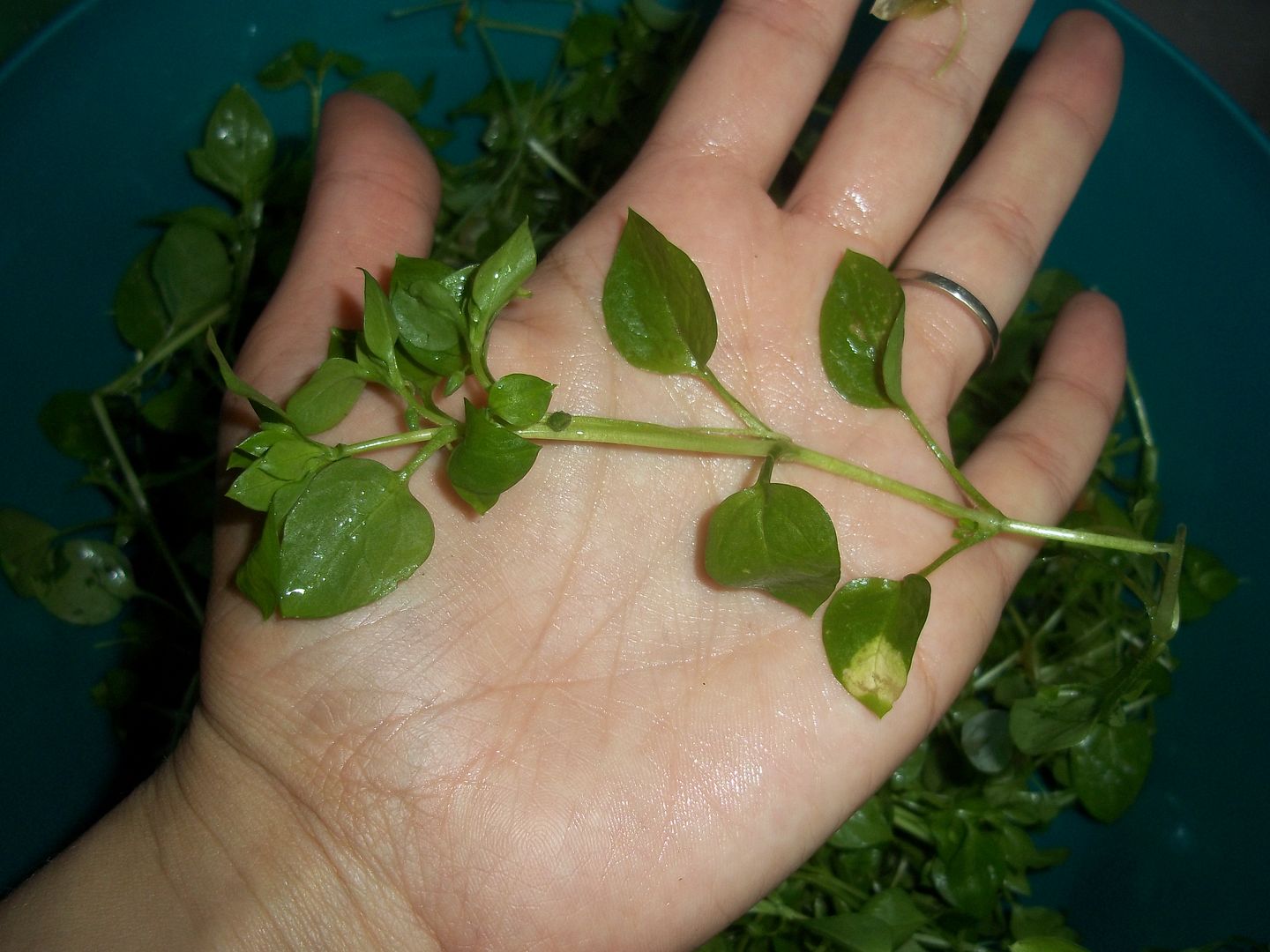


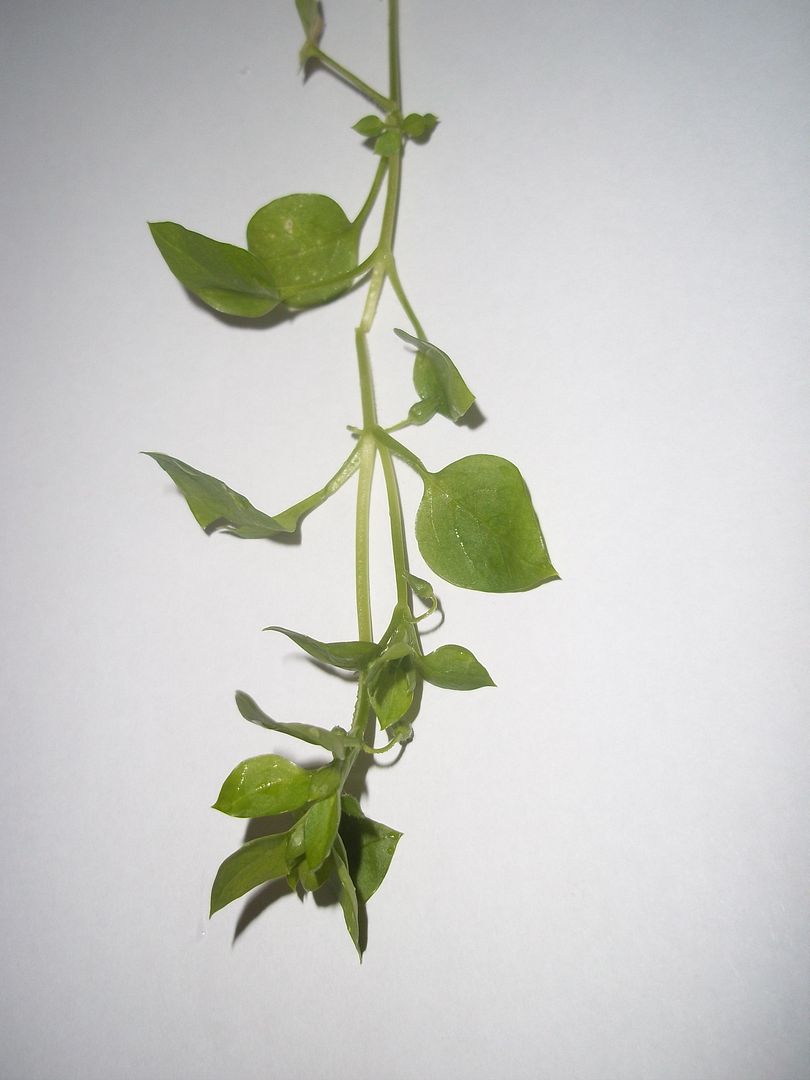

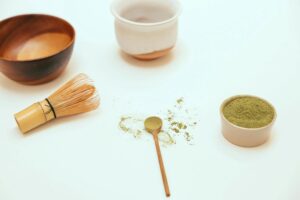
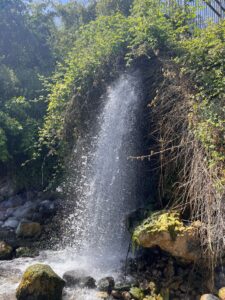

0 Responses
It's probably still chickweed, just, mouse-ear chickweed. You should eat the mouse-ear chickweed cooked because of the hairs, and if the leaves are dark, it definitely is mouse-ear chickweed.
This is an awesome article – love it !! I have heard of Chickweed that contains Vitamin B12. Where can I find this plant in South Africa, please ??
This is an awesome article – love it !! I have heard of Chickweed that contains Vitamin B12. Where can I find this plant in South Africa, please ??
This comment has been removed by a blog administrator.
This comment has been removed by a blog administrator.